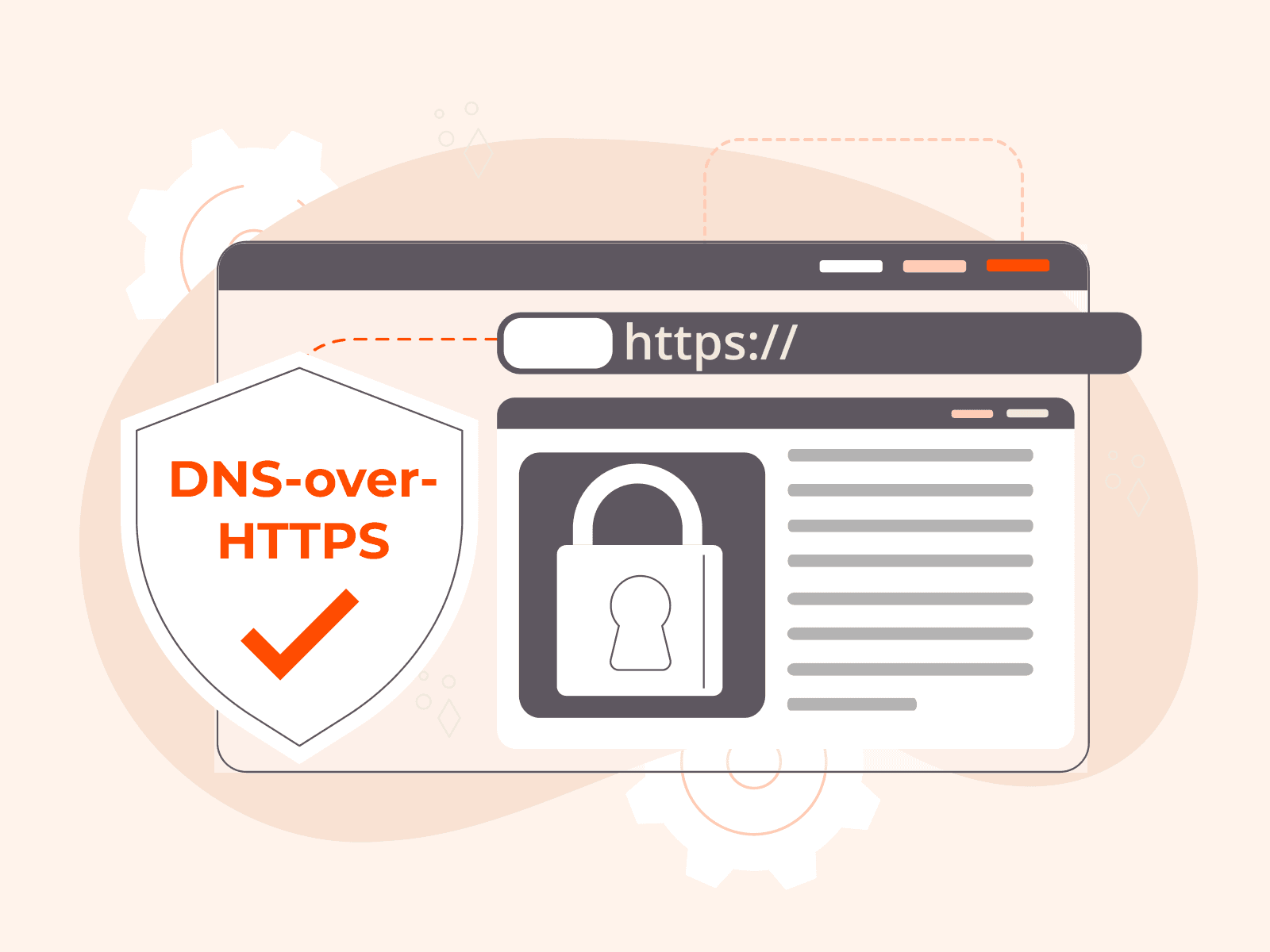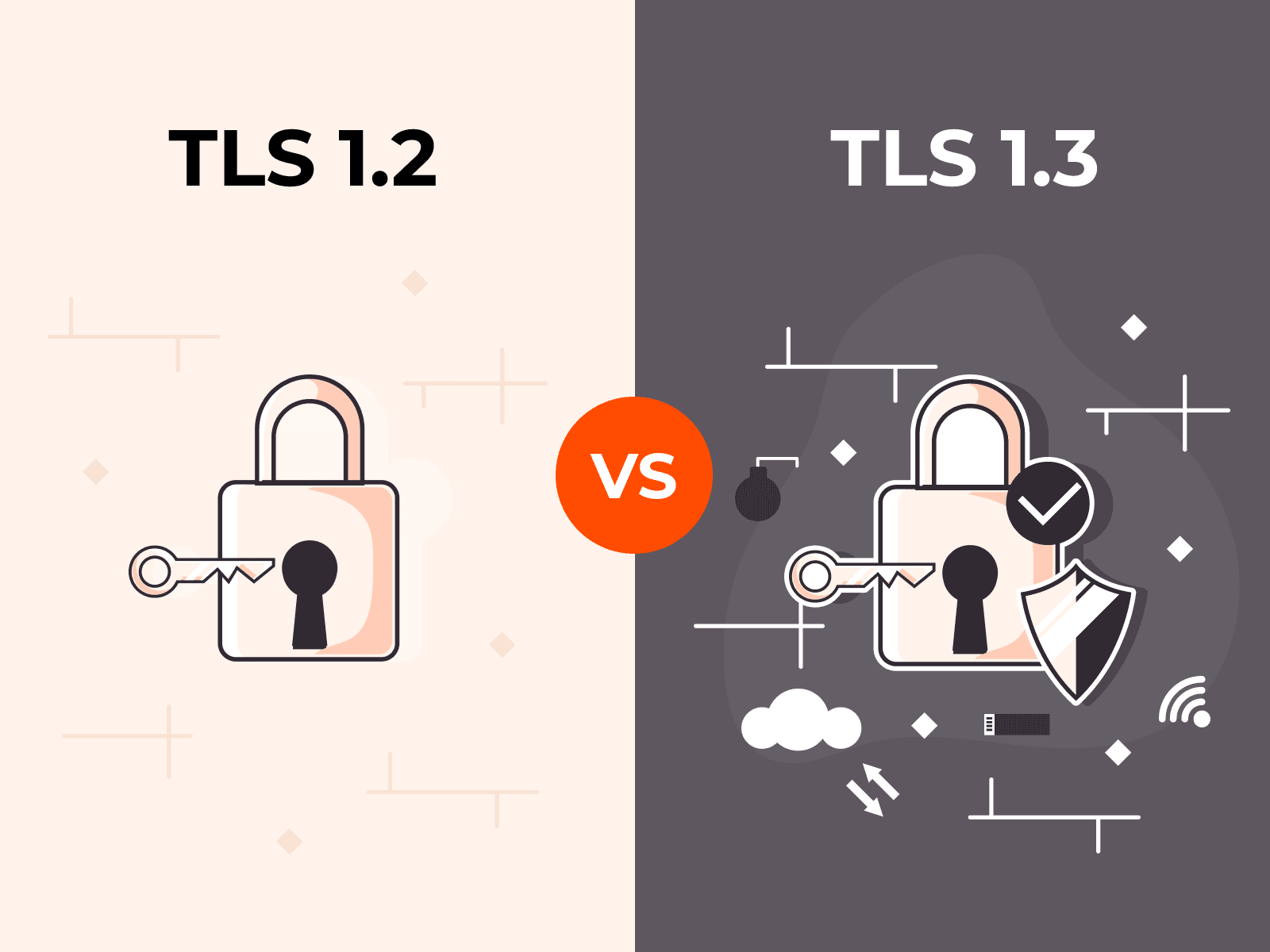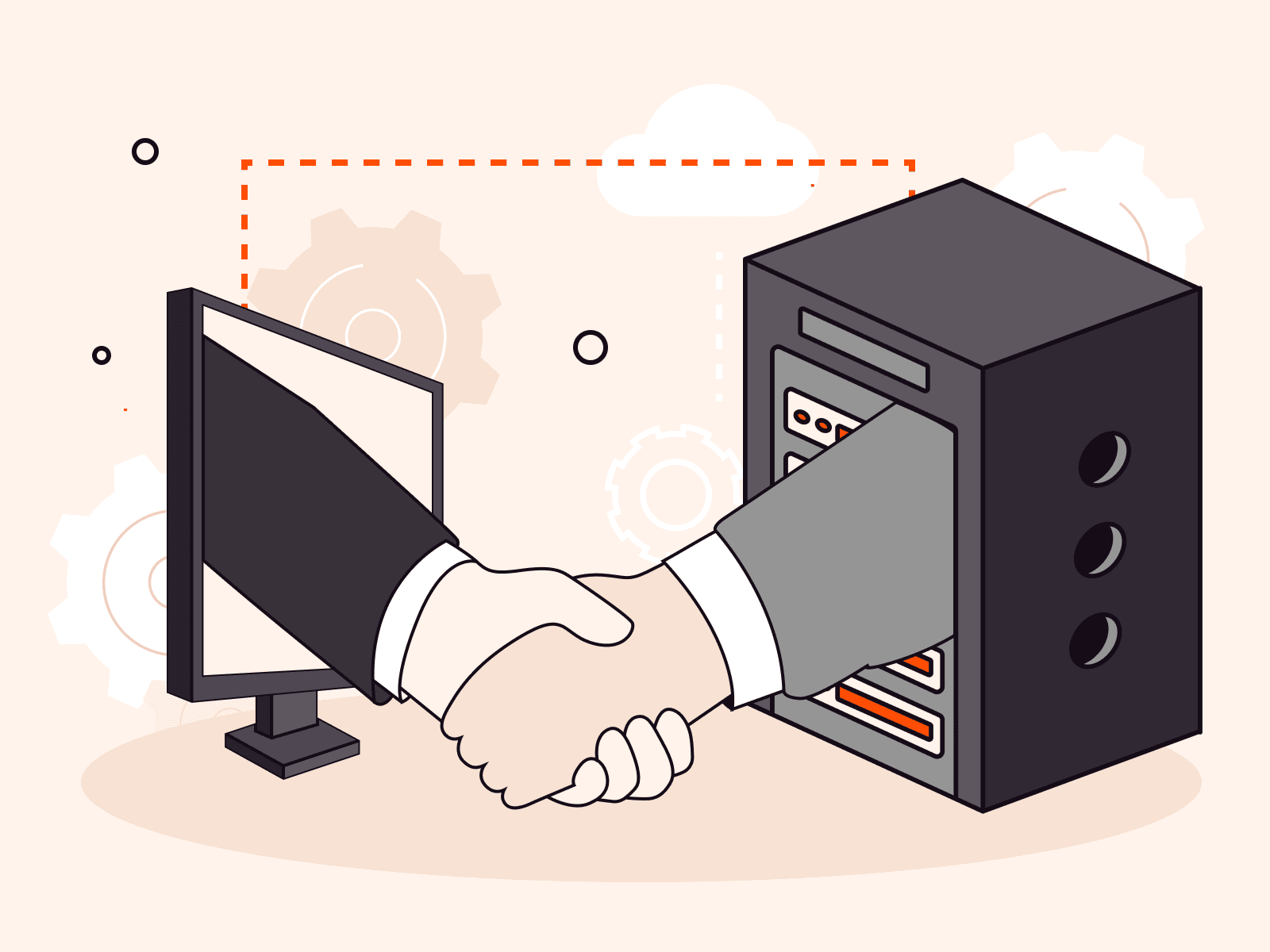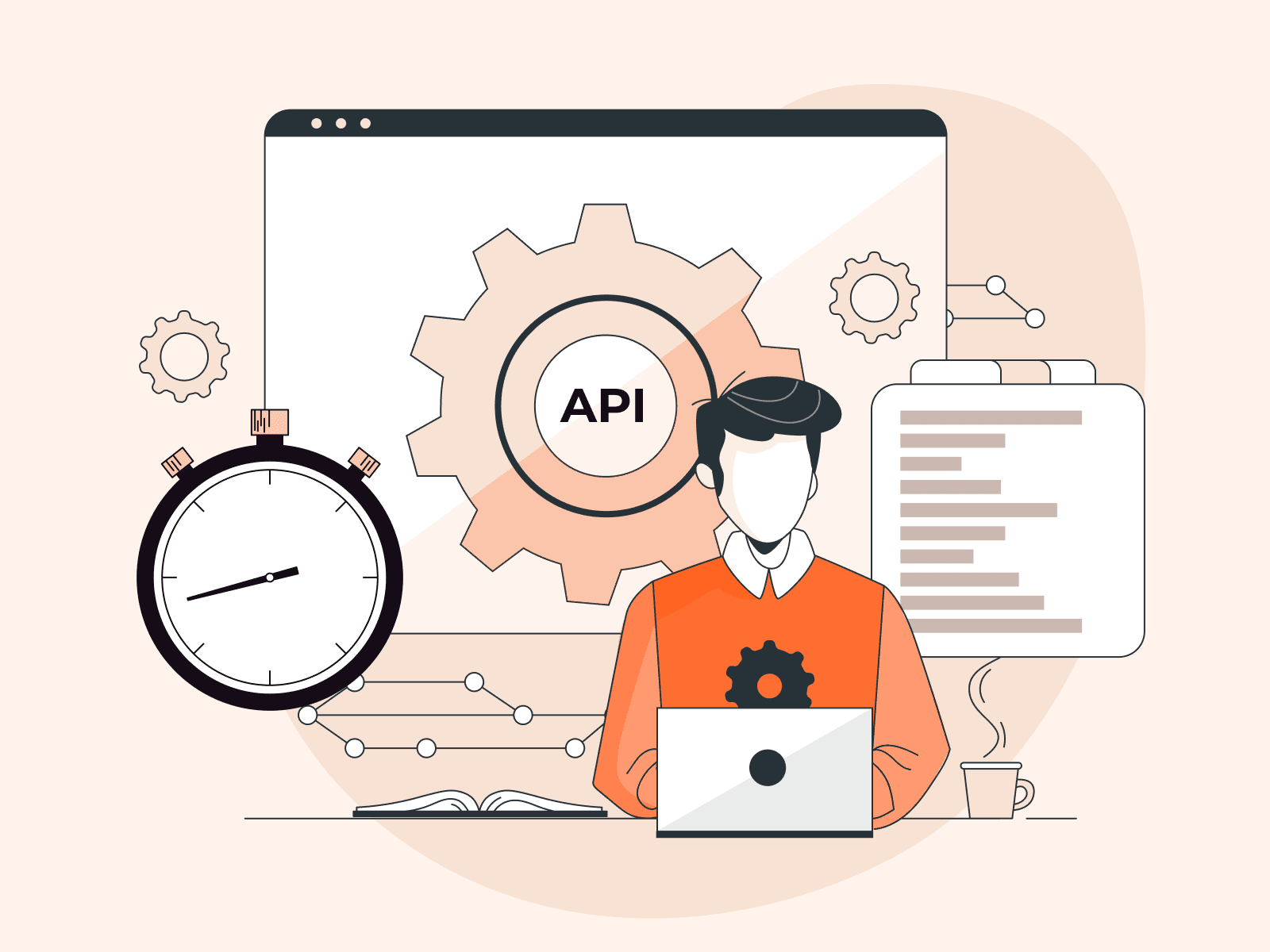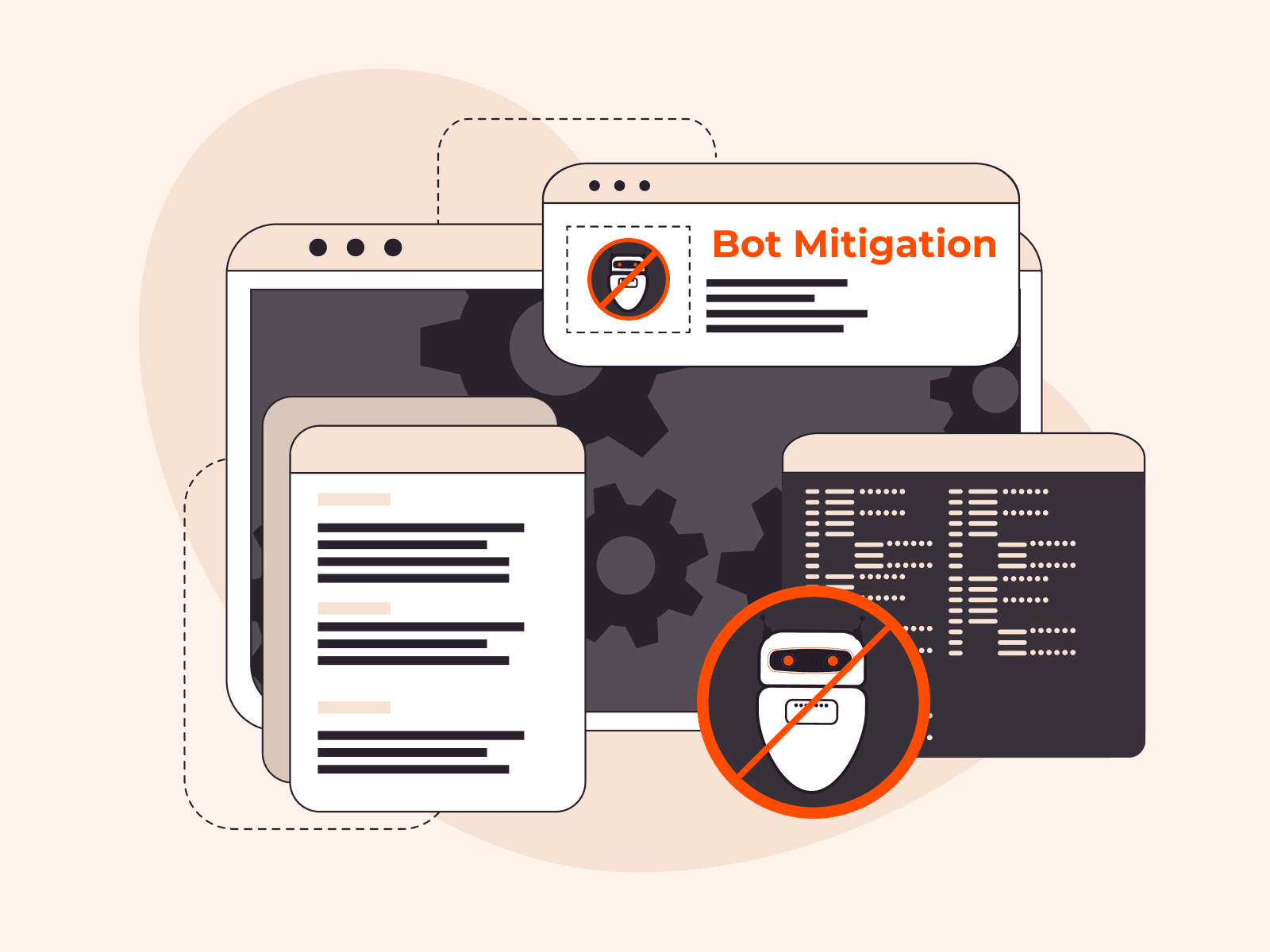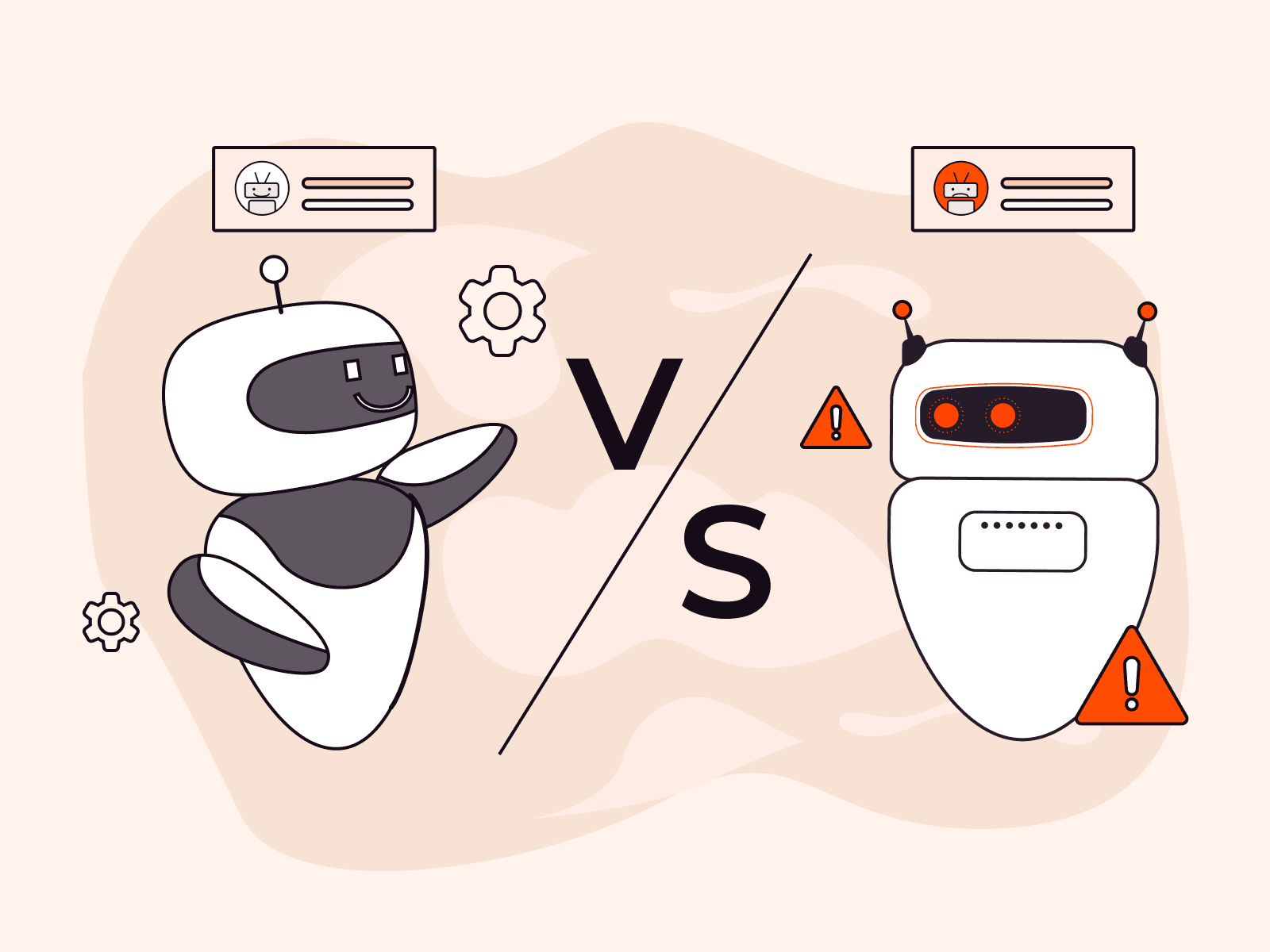Smurf attacks are a type of DDoS (distributed denial-of-service) attack that involves overwhelming a victim’s server with Internet Control Message Protocol (ICMP) packet requests and making it inoperable. In this article, you’ll gain a thorough understanding of their characteristics, repercussions, and the sequence in which they are carried out. By the end of this article, you’ll be equipped with actionable knowledge to mitigate Smurf DDoS attacks with a combination of strategy, tools, and best practices.
What Are Smurf Attacks?
Smurf DDoS attacks are a specific type of online attack where a server is flooded with fake requests for information (called echo requests,) causing it to slow down or even crash.
How ICMP Echo Requests Work
For example, ICMP can signal when a requested service is not available or when a router could not be reached. ICMP echo requests send an echo reply back to the source IP address once an ICMP echo request is received. This echo mechanism is fundamental to maintaining network connectivity.
How ICMP Echo Requests Are Used in Smurf Attacks
In the context of a Smurf attack, the ICMP echo functionality is exploited in a malevolent manner. The attacker begins by sending a large number of ICMP echo requests, potentially in the thousands, to a targeted server. These requests, however, are not genuine; instead, they are “spoofed” to appear as if they were sent from the victim’s IP address. Since each of these requests necessitates an echo reply from the targeted server, the server soon becomes overwhelmed with the number of responses it must generate. The result is a flood of traffic that can cause the server to crash under the pressure, meaning that it can no longer respond to legitimate requests.
How Do Smurf DDoS Attacks Work?
A Smurf attack can be broken down into five main steps.
- Target identification. The first step of a Smurf attack involves an attacker identifying a target. The main goal of the attacker in this step is to discover the target’s IP address.
- Spoofing. Attackers leverage Smurf malware to create a spoofed ICMP echo request. As we’ve established, this means that the spoofed echo request’s source IP address is the same as the target’s IP address.
- ICMP echo request deployment. In this step, attackers will send out ICMP echo request packets to their target server. This will ensure that every device that’s connected to the target server will send back an ICMP echo reply.
- ICMP echo reply flood. The influx of ICMP echo reply packets from connected devices will flood the target server, which results in legitimate users being unable to access it.
- Server overload. Every server has a breaking point. The objective of an attacker is to exceed this breaking point. When the number of ICMP echo replies surpasses a server’s capabilities, the resulting overload can cause significant harm.
While all Smurf DDoS attacks use this basic sequence of events, there are two different kinds of Smurf attacks that differ slightly.
What Are the Different Kinds of Smurf DDoS Attacks?
Smurf attacks are broadly categorized into basic and advanced attacks. Both basic and advanced Smurf attacks begin with the same fundamental process. What differentiates the two is a shift in source configuration that can vastly increase the scope of an attack. Let’s dive a little deeper.
- Basic Smurf attack. These attacks involve attackers overwhelming a targeted system with a vast number of ICMP echo requests. The source IP of the echo request is set to the same IP of the targeted system. Therefore, every network under the domain of that system is forced to reply to the echo request. This infinite flooding of ICMP echo requests and replies renders a system inoperable.
- Advanced Smurf attack. These attacks begin the same way as basic Smurf attacks. However, in advanced cases, attackers change source configurations to enable replies to a broader spectrum of third-party victims. This vastly increases the attack surface and the number of entities that are in the line of fire. Advanced Smurf attacks facilitate large-scale devastation of networks and encroach on other provinces of the web.
How Are Smurfing Attacks Different from Other DDoS Attacks?
There are dozens of DDoS attack techniques that can cripple a business at a network, connection, or application level. In this section, we will highlight and differentiate two DDoS techniques that are most similar to Smurf attacks: Fraggle attacks and ping floods.
- Smurf attacks and Fraggle attacks. Fraggle attacks are committed to the same objectives as Smurf attacks: they are designed to overwhelm and collapse a server. The key difference is that Smurf attacks use ICMP echo requests, whereas Fraggle attacks use spoofed UDP (User Datagram Protocol) packets. UDP is a communications protocol that speeds up the transportation of data between a sender and receiver.
- Smurf attacks and ping floods. A standard ping flood functions the same way as a Smurf attack. They both use ICMP echo requests. The fundamental difference between the two is that Smurf attacks are initiated with malware, whereas ping floods are not. Traditional ping floods aren’t amplification attacks, which means that the damage caused is typically less than that by Smurf attacks.
What Are the Key Indicators that a Smurf DDoS Attack Is Happening?
As general DDoS attacks and Smurf DDoS attacks have much in common, and it’s increasingly challenging to differentiate them. In general, the signs of a DDoS attack will be present. However, there are three key differences when it comes to Smurf DDoS:
- DDoS attacks use different methods, for example, TCP/IP-based, volume-based, and application layer, among others.
- Smurf attacks always involve ICMP echo requests.
- Smurf attacks target how a network manages ICMP requests and responses.
What Are the Repercussions of Smurf DDoS Attacks?
Smurf attacks which fall under the broader category of DDoS attacks, and as such have a similar impact to DDoS in general:
- Service disruption. The immediate consequence of a Smurf attack is a service disruption. Once the target system is overwhelmed with traffic, it leads to a denial of service, making the target website or server inaccessible to legitimate users.
- Resource consumption. Responding to significant traffic volumes generated by a Smurf DDoS attack demands considerable resources and increased costs related to the immediate demand for more bandwidth.
- Performance degradation. Even if a threat actor can’t completely shut down the target system, the organization may still have to contend with significant performance issues. For example, the target system can quickly become unreliable or slow.
- Inter-device communication challenges. Enterprise servers have many devices connected to them. Smurf attacks will make inter-device communication a challenge. Organizations will struggle to communicate and exchange information from one device to another.
The broader impact of Smurf attacks and other DDoS attacks are as follows:
- User/customer complaints. An overwhelmed server typically results in web pages that can’t be accessed. Companies that are victims of Smurf attacks can expect a large number of complaints from users.
- Brand damage. Modern businesses are expected to be digital experts. Effects from a Smurf attack such as unresponsive websites, slow loading speeds, and the unavailability of critical digital services can severely and permanently dent a brand’s reputation.
- Compromised data. Smurf DDoS attacks can compromise an enterprise’s most valuable asset, data. The remediation of Smurf attacks can keep IT teams occupied and leave IT infrastructure vulnerable. This provides a window of opportunity for hackers to steal sensitive data and further handicap organizations.
- Legal complications. Smurf attacks can have significant legal implications that include noncompliance with region- and industry-specific regulations, SLA breaches, and other fines that may stem from an enterprise system being unavailable.
- Reduced revenue. Every hour of server uptime earns an organization a certain amount of money. The higher that amount is, the greater their annual revenue. In contrast, every hour of server downtime and disruption can cost companies a significant amount of money, which can be severely detrimental both in the short term and long term.
We’ve highlighted the different types, key indicators, and most significant repercussions of Smurf attacks. It’s time to investigate how they differ from other DDoS attacks.
How To Mitigate Smurf DDoS Attacks
Smurf attacks can be mitigated with security strategies, robust tools and technologies, best practices, and the guidance of a DDoS protection expert like Gcore.
Here are the most powerful ways to mitigate Smurf DDoS attacks:
- Enforce a robust security strategy. Smurf and other DDoS attacks are conducted with meticulous precision. Therefore, companies can’t expect to defend themselves from Smurf attacks with isolated measures that lack strategy. Protection against Smurf attacks requires a holistic security strategy that acknowledges the intricacies of a specific business including its objectives, sector, region, IT architecture, attack surface, and potential attackers.
- Commission anti-virus, anti-malware, and firewalls. Smurf attacks are executed with malware called DDoS.Smurf. Commissioning and regularly updating well-reputed and modern anti-virus and anti-malware solutions are strong ways for companies to defend themselves against Smurf DDoS attacks. Network firewalls should be installed to monitor incoming and outgoing server traffic to detect anomalies.
- Increase server redundancy. Server redundancy involves setting up backup or mirror servers to support a primary server. The logic behind increasing server redundancy is that web services can be replaced with minimal downtime in case of a disaster such as a Smurf DDoS attack. Backup servers should be spread across geographical environments (nationally or internationally) and feature different networks.
- Ensure high bandwidth. DDoS attack bandwidths are increasing with every passing year. Businesses should overprovision bandwidth to ensure that any dramatic increase in network traffic due to a Smurf attack can be managed without causing long-lasting system and business trauma.
- Disable IP-directed broadcasts. It’s important to identify all routers that are connected to an enterprise server and disable IP-directed broadcasts. This critical configuration ensures that there’s no option for attack amplification. Although disabling IP-directed broadcasts doesn’t prevent attackers from carrying out an attack, it can significantly reduce the damage and enable quick remediation.
- Minimize ICMP Traffic. ICMP echo requests and replies are the key ingredients of a Smurf attack. Disabling ICMP might seem like a logical option. However, the opposite is true; it would cause a snowballing of network failures. ICMP traffic needs to be optimized, not eliminated. We highly recommend configuring network devices in a way that optimizes incoming and outgoing ICMP packets.
- Choose an expert provider. Gcore’s global DDoS protection service is an all-in-one solution to protect your websites, apps, and services. Our proven, best-in-class product offers protection against massive, complex DDoS attacks—including Smurf DDoS.
Conclusion
Smurf DDoS attacks, which involve attackers overwhelming target servers with ICMP echo requests and replies, are becoming increasingly common. Basic and advanced Smurf attacks result in slow servers, communication breakdown of connected devices, and customer complaints. In the long run, companies can suffer reputational damage, data theft, legal complications, and a loss of revenue due to Smurf attacks. The good news is that experts like Gcore provide world-class security solutions to holistically protect businesses from modern threats like Smurf DDoS attacks.
Gcore’s global DDoS protection service tackles all types of multi-vector DDoS threats at the network, connection, and application levels. Gcore’s security platform features scrubbing centers worldwide that are connected to different servers and feature numerous backup systems to ensure zero performance degradation for a digital business. Gcore also offers customers the option of purchasing a secure server or protecting their current server located anywhere in the world through a GRE tunnel. With Gcore protection, neither you nor your customers will even notice a Smurf attack.
Under attack? Get immediate protection with expert implementation.
Related articles
Subscribe to our newsletter
Get the latest industry trends, exclusive insights, and Gcore updates delivered straight to your inbox.

